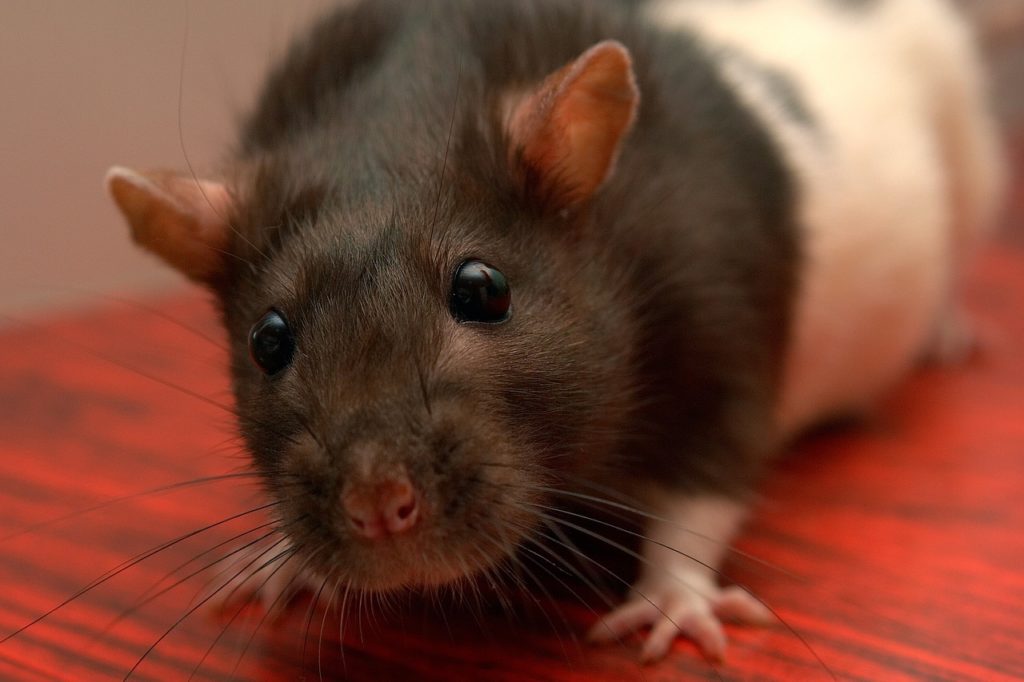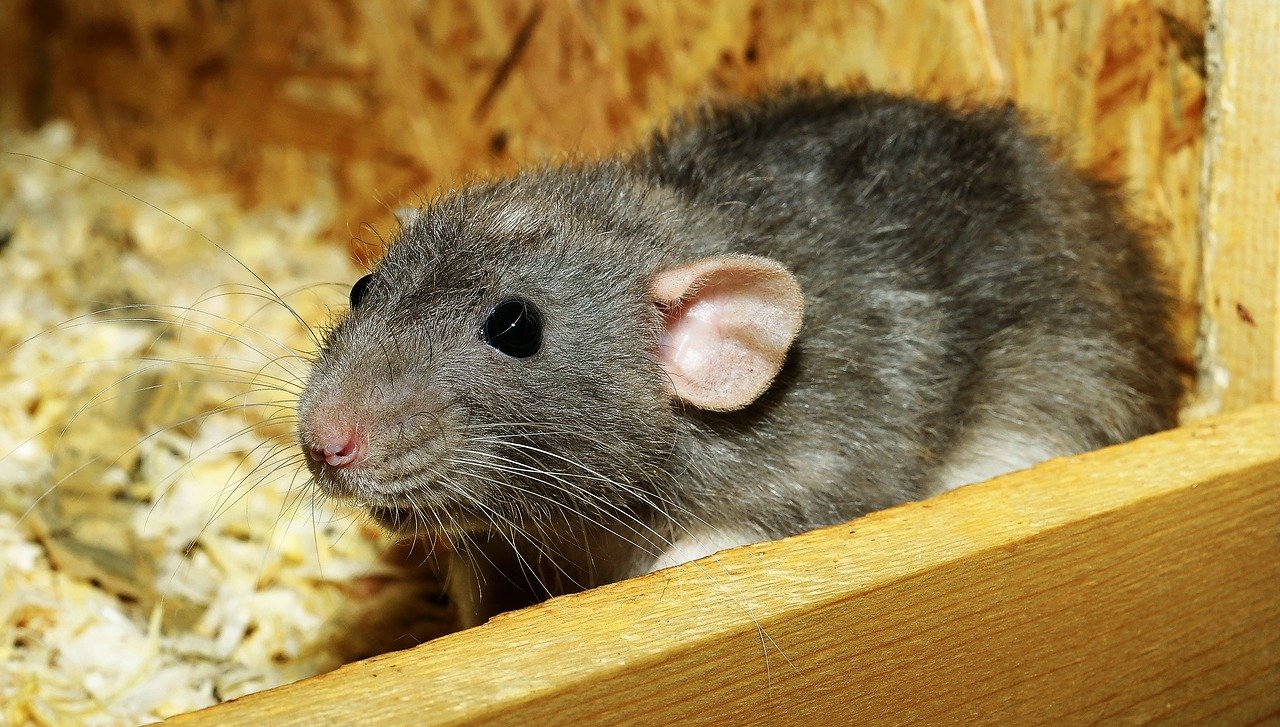Rats are natural scavengers and will feed on food waste and other disgusting matter. They live happily in filth and can spread diseases in a variety of ways — via their feces, and urine for example. This is why many homeowners feel that they have to act quickly and use rat traps to get rid of these pests. But what are the different types of rat traps and can we get rid of rats humanely?
1. Snap traps
Snap traps are some of the most common types of rat traps out there. They are actually probably the first ones you imagine when you think about rat traps. These traps have snapping mechanisms that kill rats who are unfortunate enough to try to get the baits on them. Snap traps are straightforward traps, and they work.
- Use the right baits. It’s almost comical how some people think that cheese is the way to go when it comes to rat baits. Sure, cheese can still work because it’s food after all, and rats are not incredibly picky. But a more effective approach is to use the right bait for the right kind of rat you have at home. If you have black rats, use baits that are typically found in the wild, like berries, dried fruits, nuts, and seeds. But if you have brown rats, use ones that are rich in protein, like bacon, chocolate, and peanut butter.
- Use the right size. When you are looking for snap traps, make sure to buy ones that are actually rat traps and not mouse traps. Those are two different things. Rat traps are larger and have stronger snapping mechanisms. This is because rats are larger and require more force to kill compared to mice.
2. Containment traps
Containment traps come in many names. Some people call them cage traps or live-animal traps. Basically, these traps “contain” the animal in an enclosed space, typically a cage. It is one of the most humane ways to get rid of rats because the rats are often unharmed.
- Release the trapped rat into the wild. After capturing a rat with a containment trap, the most humane thing you can do is to release it into the wild. Rats are just like you in many ways – they just want to live and look for food and water. You don’t have to kill them. But make sure to release them in an area that is far away from your home to prevent reinfestation.
- Seek medical help if the trapped rat happens to be injured. The disadvantage with containment traps is that most people don’t want to deal with rats that are still alive. They simply don’t know what to do with them. If the rat happens to be injured in some way, don’t release them into the wild just yet. Its injuries may be big impediments for it to thrive in the wild. Try taking it to a veterinarian or calling animal control for help.

3. Glue traps
Glue traps are those types of rat traps that use sticky cardboards to immobilize the pests. They can be very effective. But they can also be incredibly ineffective because rats are smart. They can avoid these traps. And even if they get caught, some rats can overpower the stickiness of the glue, especially if the glue traps are not of high quality.
- Not humane if rats are simply left to die. If containment traps are humane, glue traps are the exact opposite. Rats who get caught in these types of rat traps experience incredible and prolonged suffering. The victims suffer from asphyxiation and dehydration until they die. Snap traps at least have the decency to immediately kill their victims. But glue traps take their time.
- Place under furniture and wall corners. Rats don’t want to be seen. This is why they move in areas and times of day where the chances of you seeing them are slim to none. They like to travel under furniture and wall corners. If you choose to use glue traps, make sure to place them in these areas to catch these rats while they move around your home.
4. Electronic rat traps
Electronic traps are boxes that lure rats inside and electrocute them. These traps are more expensive than the other types of rat traps, primarily because they are not simply mechanical objects like snap traps, containment traps, and glue traps.
- Use for indoor rats. Electronic traps are not weather resistant. You should not use them for outdoor rats because rain and heat can destroy them or cause them to malfunction. They are more ideal for indoor rat infestations. If the rats on your property are primarily outdoors, you should try the more mechanical and sturdier types of rat traps.
- Follow the instructions on their packaging. This seems like very simple advice. But you will be surprised by the amount of people who don’t read instructions on product packaging. And then they will cry that the products are not effective. Electronic traps are no exception. Read the instructions first before placing them indoors.

Quick rat trapping tips
- Use gloves when handling rat traps. Rats have a strong sense of smell. If you handle rat traps with your bare hands, you may leave your scent on the traps, rendering them ineffective. Wear gloves when handling rat traps to avoid leaving your scent on the traps.
- Be careful of rodenticides. Rodenticides are effective rat killers, but they have a few disadvantages. Firstly, they take a while to take effect. And secondly, they are toxic to humans and pets too. Rodenticide poisoning is a thing. If you have children and pets, think twice before using rodenticides to get rid of the rats on your property.
- Let the rats get used to the traps in their surroundings. Rats are suspicious of their surroundings. They don’t immediately trust objects that are new to their environment. This is why some traps take a while to capture rats. The rats simply avoid them at first because they are new objects in their surroundings. Leave the traps and give them time to take effect.
These are the common types of rat traps
There are different types of rat traps out there, such as snap traps, containment traps, glue traps, and electronic traps. All of them have unique ways to get rid of rat infestations. Whatever you choose to use for your rat problem, make sure to follow instructions to ensure the effectiveness and safety of the traps.


thank you for the information
Hi Umesh,
You are welcome! Glad you found it useful.
Thanks,
Deal With Pests